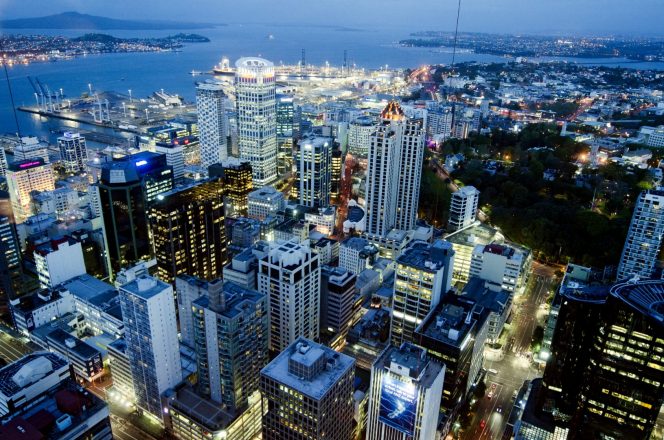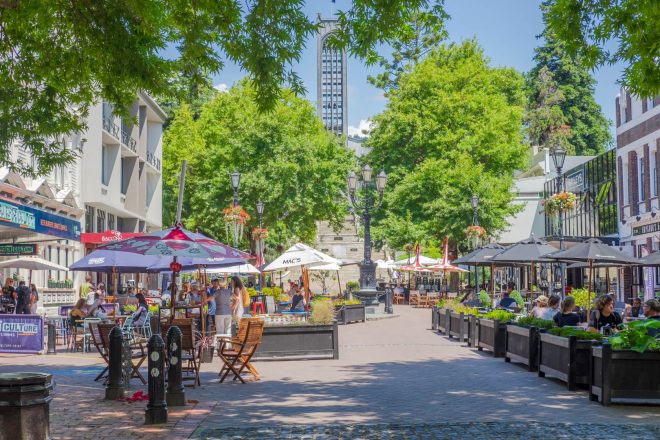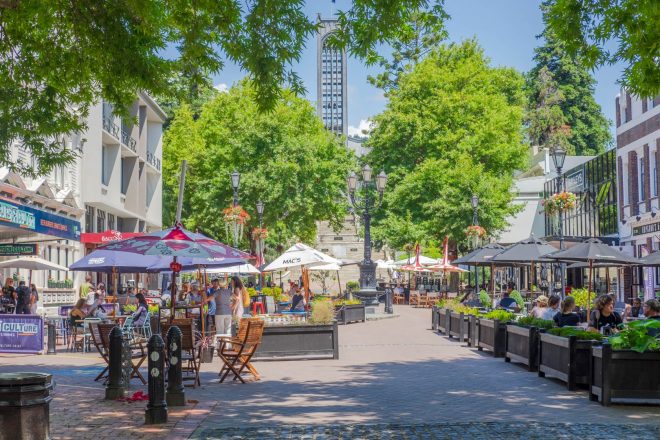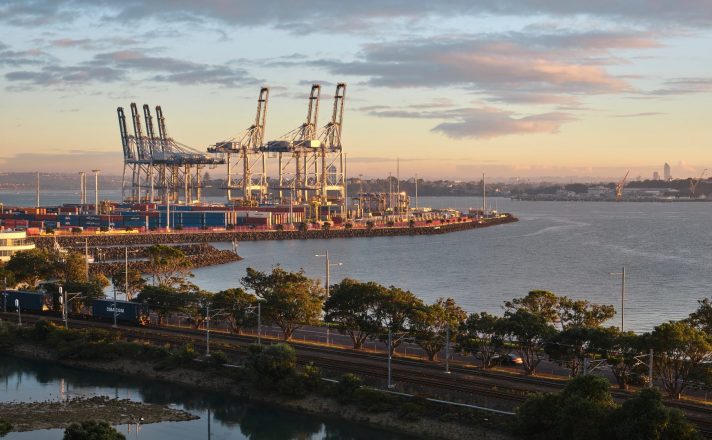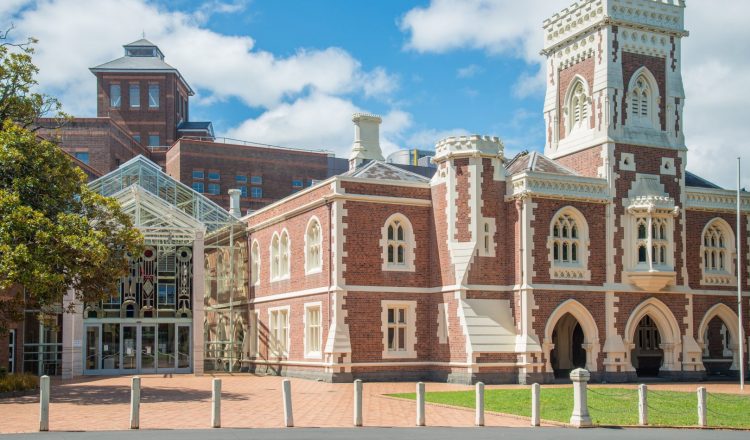新西兰分公司和海外实体的申报要求
在新西兰开展业务的海外公司必须提交:
(a) 向公司办公室提交周年申报表,确认某些公司详情;及
(b) 如果公司办公室有资格作为 “FMC 报告实体” 或 “大型” 海外公司,则准备、审计并向其提交年度财务报表。
如果以下情况之一适用,海外公司将是 “大型” 公司:
(a) 截至前两个会计期的余额日,该公司及其附属公司的总资产(如有)超过 2,000 万新西兰元 ;或
(b) 在前两个会计期间,该公司及其附属公司的总收入(如有)超过 1000 万新西兰元 。
海外公司的财务报表必须由 “合格审计师” 审计,并符合新西兰公认的普遍接受的会计惯例。如果海外公司对以下情况感到满意,则海外公司可提交按照海外公司注册国财务报告要求编制的财务报表:
(a) 财务报表符合海外公司注册所在国现行法律的要求;
(b) 这些要求与新西兰的要求基本相同。
同样的例外情况也适用于审计和保证标准(即公司办公室认为海外公司注册国的审计和保证标准与新西兰现行标准基本相同或足够等同的情况下)。
与新西兰公司一样,如果为公司集团编制了 “集团” 财务报表,海外公司不需要单独编制 “母公司” 财务报表。但是,无论是编制母公司还是集团财务报表,财务报表都必须包括为海外公司(或集团)新西兰业务编制的具体报表,如果该公司是 “大型” 业务(以该企业为实体计算,适用相同的实体计算。海外公司的阈值), 就好像该业务是由在新西兰成立和注册的一家公司或一组公司经营的.
海外公司还可以寻求特定豁免新西兰的财务报告要求,公司办公室可能不时发布这些要求。本指南第 7 节解释了适用于在新西兰经营分行的海外公司的税收规则。

















































